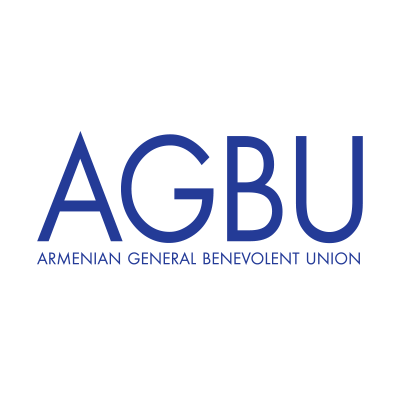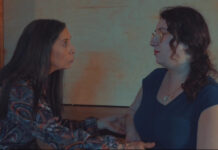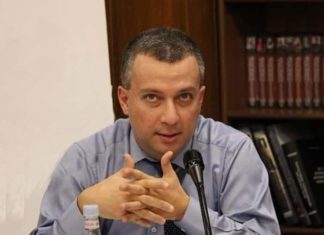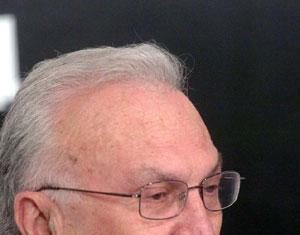By Edmond Y. Azadian
Armenians around the world will cross the threshold of the year 2015 with trepidation and anticipation. However, there is no magic in numbers — whatever did not happen in a full century will not happen in a single year and whatever was not achieved in 100 years will not be achieved in one year.
However, the symbolism of the centennial resides in the fact that Armenians will take stock of what happened in the entire past century, to find out what they learned through their experience to be able to assess the future and take the proper actions so that the gory burden of history would not drag on for another century.
The irony is that after walking for 100 years, we are still only at the beginning of our journey. The devastating blow of the Genocide was so monumental that for 50 years — while licking their wounds — the Armenians could not fathom the enormity of the tragedy: an entire population was uprooted from its ancestral land of 3,000 years and scattered around the world.
Mass destruction of human lives was witnessed many times in history, but this was unique in its intent, magnitude and the results. The Holocaust, the better-known genocide which took place a few decades later in Europe, followed much the same model.







